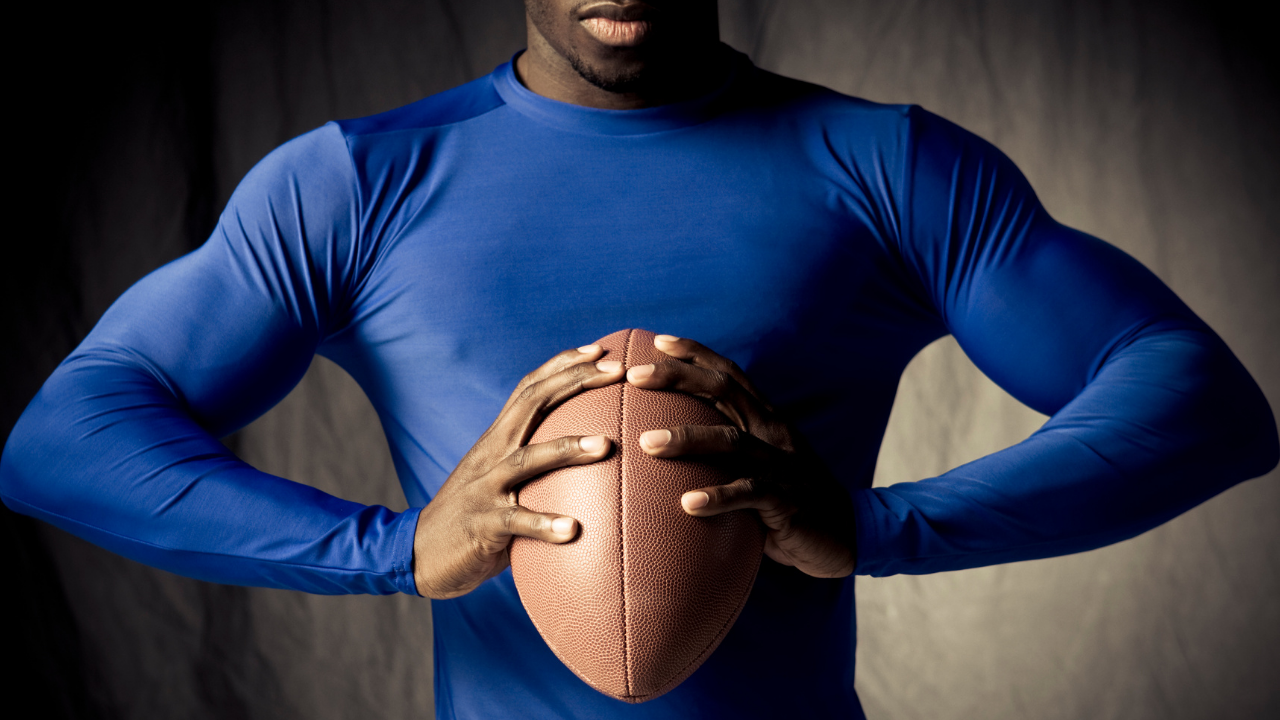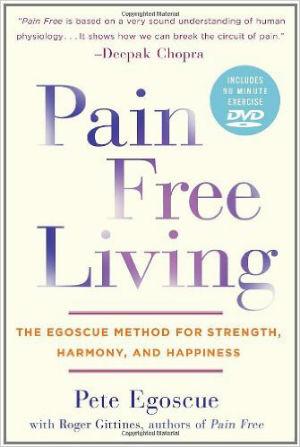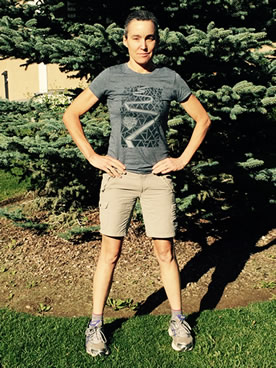Posture, Presence, and Personal Power
Jul 21, 2016
“Our bodies change our minds . . . and our minds change our behavior . . . and our behavior changes our outcomes.”
This was written on one of the slides in Amy Cuddy’s popular TED Talk, Your Body Language Shapes Who You Are. Her point is this: how we express ourselves with our bodies has a large impact on our lives. If you haven’t seen her talk, watch it below.

A social psychologist and professor at Harvard Business School, Cuddy emphasizes that much of how we communicate is nonverbal, through our body language. Although we are generally most concerned with how our gestures are being received and judged by others, she reminds us that we are also affected by our nonverbal displays. Our brains notice how we present ourselves. This, in turn, affects our mind state and subsequent actions. In her recently released book, Presence, she says, “Nonverbals govern how we think and feel about ourselves.”
Posture, how we position our bodies, is a nonverbal display of our self-impressions and mental state. As an alignment coach, when a client comes into my office, I can gain information about their internal state by observing their walk and how they sit. For example, consider someone striding out with their head held high, chest puffed up with shoulders held back. Compare this to another individual slumping forward, collapsing inward on themselves in the chair. These body displays portray very different attitudes and beliefs about oneself.

In his latest book, Pain Free Living, Pete Egoscue assigns personality traits to three common postures he routinely sees in his posture therapy clinics. By examining skeletal position alone, he can surmise information about a person’s psyche and identify their personality type. He has labeled them as a:
(1) fact collector,
(2) skeptic, or
(3) pessimist.
Although I don’t find clients to be this clear cut, I can attest to the truth in these relationships. However, I believe almost everyone is a blend of at least two personality types and postures.
To elaborate on Cuddy’s statement:
Posture changes our minds, behaviors, and outcomes.

Cuddy’s research found that holding a certain pose or static posture for two minutes affected people’s mental states and altered their body chemistry. In her study, the subjects were either assigned to assume a high power pose or a low power pose. Note the high power pose that I’m doing with my hands on my hips. This is also called a Wonder Woman pose. I just need big red boots and a cape! With arms and feet crossed, I’m demonstrating the low power pose. High power poses open up the body and occupy space, while low power poses restrict the body as we strive to make ourselves small.

As she explains, personal power is not about having influence over others. Instead, it’s about having “confidence-without-arrogance.” Her study used high power posing as a way to alter the subject’s mind which, in turn, would influence their behaviors and outcomes. This is indeed what she found.
Her research results revealed some interesting things. One is that people who did the high power posing were more willing to take risks, a sign of increased confidence. They were also more likely to be hired for a job following a stressful interview, regardless of their qualifications. Additionally, saliva samples taken pre- and post- power posing showed changes in body chemistry within two minutes. Testosterone, the dominance hormone, increased in high power posers and decreased in lower power posers. And cortisol, the stress hormone, decreased in the high power posers and increased in the lower power posers.
High Power: High Testosterone/Low Cortisol
Low Power: Low Testosterone/High Cortisol
According to Cuddy, powerful people exhibit Presence, while powerless people are stress reactive. Presence is an alignment of our body and mind. When we have Presence, we express ourselves genuinely. That means we are in line with our true values, feelings, truths and beliefs, without concern for how others view us.
Here are the six characteristics of Presence:
First, be Authentic.
Then, be Comfortable.
Next, be Confident.
Also, be Passionate.
Additionally, be Enthusiastic.
Finally, be captivating!
It is these traits that the job interviewers rated higher than qualifications when making their selections on whom to hire. You can only exhibit Presence when you feel powerful. If you power pose for just two minutes, you can raise your Personal power. So, Cuddy recommends that we all power pose, in private behind closed doors, before socially threatening situations where we are likely to be judged by others. For example, if you're giving a talk, or you're embarking on athletic competition, try Power posing. It will increase your personal power, and, as a result, will allow you to bring forth your real self without fear.
Let's relate this back to posture. What if we changed how we held our bodies all the time? If our bodies adapt to the positions we frequently assume, doesn’t that also mean our minds are simultaneously adapting to the associated mental states of these nonverbal displays? Thus, wouldn’t sitting and standing in better alignment more of the time impact our mental state? I think so! Alignment coaching not only changes your physical Presence but also impacts your mental Presence, which, as Cuddy as shown us, can change our life outcomes.
In other words, improve your posture and improve your life!
Stay connected with news and updates!
Join our mailing list to receive the latest news and updates from me.
Don't worry, your information will not be shared.
We hate SPAM. We will never sell your information, for any reason.

